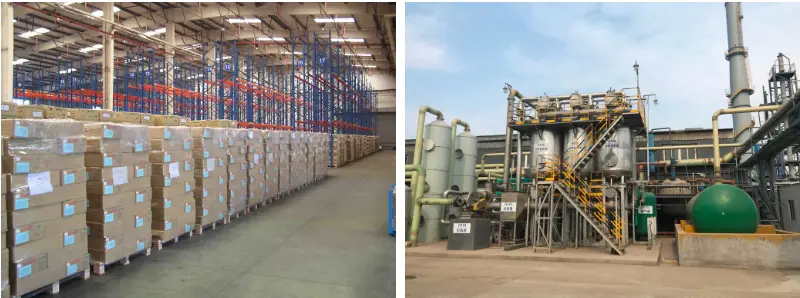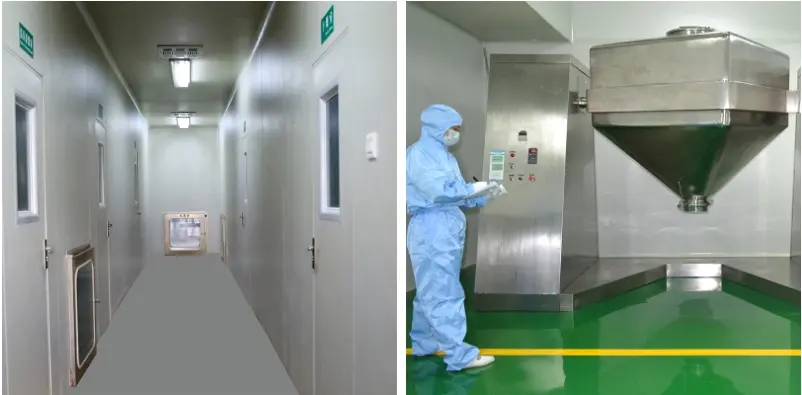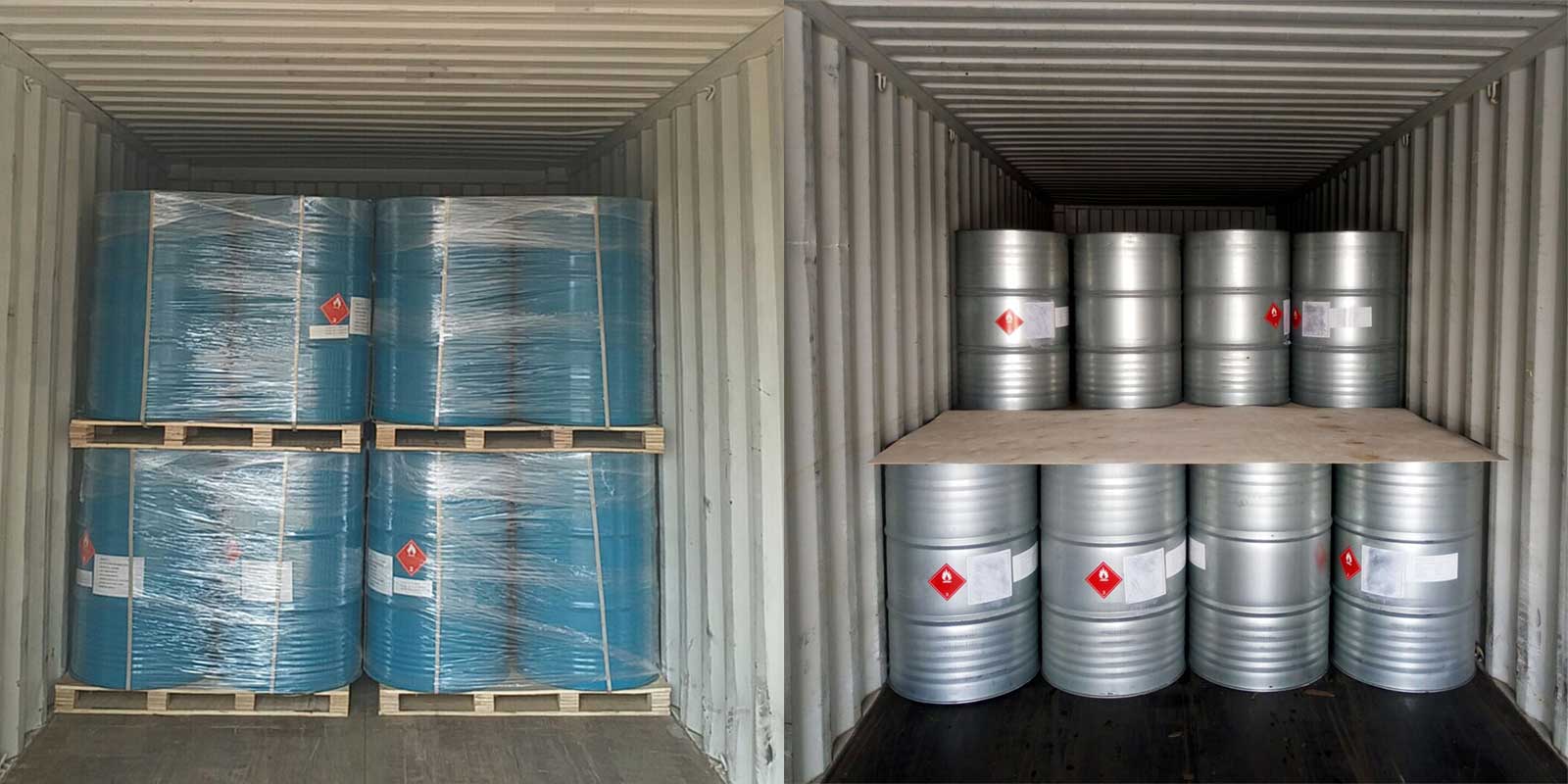1-Butanol CAS#71-36-3
1-Butanol CAS#71-36-3 Promotion Season Now in Store and Free Sample for Testing with Factory Price
Chemical Name:1-Butanol
CAS No.:71-36-3
Molecular Formula:C4H10O
Molecular weight:74.12
Sample: Available
Mode of Transportation
1. By Air, fast but expensive.
2. By Sea, usual and economy.
3. By Train, suit for middle Asia countries.
4. By Express, suit for small package.
We only provide highest quality goods available, accompanied by after support!
1-Butanol CAS#71-36-3
n-Butyl alcohol is a colourless flammable liquid with sturdy alcoholic odour. n-Butyl alcohol is a fantastically refractive liquid and burns with a strongly luminous flame. It is incompatible with robust acids, sturdy oxidising agents, aluminium, acid chlorides, acid anhydrides, copper, and copper alloys. n-Butyl alcohol has an considerable use in a giant quantity of industries. For instance, it is used as solvent in industries related with the manufacturing of paints, varnishes, artificial resins, gums, pharmaceuticals, vegetable oils, dyes, and alkaloids. n-Butyl alcohol finds its use in the manufacture of synthetic leather, rubber, plastic cements, shellac, raincoats, perfumes, and photographic films.
1-Butanol Chemical Properties |
Melting point | -90 °C (lit.) |
Boiling point | 116-118 °C (lit.) |
density | 0.81 g/mL at 25 °C (lit.) |
vapor density | 2.55 (vs air) |
vapor pressure | 6.7 hPa (20 °C) |
refractive index | n |
FEMA | 2178 | BUTYL ALCOHOL |
Fp | 95 °F |
storage temp. | Store at +5°C to +30°C. |
solubility | water: soluble |
form | Liquid |
pka | 15.24±0.10(Predicted) |
color | APHA: ≤10 |
Relative polarity | 0.586 |
PH | 7 (70g/l, H2O, 20℃) |
Odor | Alcohol-like; pungent; strong; characteristic; mildly alcoholic, non residual. |
explosive limit | 1.4-11.3%(V) |
Odor Threshold | 0.038ppm |
Odor Type | fermented |
Water Solubility | 80 g/L (20 ºC) |
Sensitive | Moisture Sensitive |
λmax | λ: 215 nm Amax: 1.00 |
Merck | 14,1540 |
JECFA Number | 85 |
BRN | 969148 |
Henry's Law Constant | 49.2 at 50 °C, 92.0 at 60 °C, 152 at 70 °C, 243 at 80 °C (headspace-GC, Hovorka et al., 2002) |
Exposure limits | TLV-TWA 300 mg/m3 (100 ppm) (NIOSH), 150 mg/m3 (50 ppm) (ACGIH); IDLH 8000 ppm (NIOSH). |
Dielectric constant | 17.1(25℃) |
Stability: | Stable. Incompatible with strong acids, strong oxidizing agents, aluminium, acid chlorides, acid anhydrides, copper, copper alloys. Flammable. |
LogP | 0.88 |
CAS DataBase Reference | 71-36-3(CAS DataBase Reference) |
NIST Chemistry Reference | 1-Butanol(71-36-3) |
EPA Substance Registry System | 1-Butanol (71-36-3) |
Safety Information |
Hazard Codes | Xn,T,F |
Risk Statements | 10-22-37/38-41-67-39/23/24/25-23/24/25-11 |
Safety Statements | 13-26-37/39-46-7/9-45-36/37-16-7 |
RIDADR | UN 1120 3/PG 3 |
OEL | Ceiling: 50 ppm (150 mg/m3) [skin] |
WGK Germany | 1 |
RTECS | EO1400000 |
Autoignition Temperature | 649 °F |
TSCA | Yes |
HS Code | 2905 13 00 |
HazardClass | 3 |
PackingGroup | III |
Hazardous Substances Data | 71-36-3(Hazardous Substances Data) |
Toxicity | LD50 orally in rats: 4.36 g/kg (Smyth) |
IDLA | 1,400 ppm |
Product Usage
1-Butanol is the most vital and broadly studied alcohol in industry. It is a colorless liquid with a robust and slight alcohol smell. It is used for chemical derivatives and is additionally used as a solvent for paints, waxes, brake fluids, and detergents.
It is in the main used to make n-butyl plasticizers such as phthalic acid, aliphatic dicarboxylic acids, and phosphoric acid, and is broadly used in a number of plastics and rubber products; it is used as a uncooked cloth for the manufacturing of butyraldehyde, butyric acid, butylamine, and butyl lactate in natural synthesis; it is an extractant for petroleum, pills (such as antibiotics, hormones, vitamins, etc.), and spices, and an additive for alkyd paints; it is a solvent for natural dyes and inks, a dewaxing agent, etc.
Factory and Equipment Show
Fast transport time
Inventory 2-3 working days New manufacturing 7-10 working days












